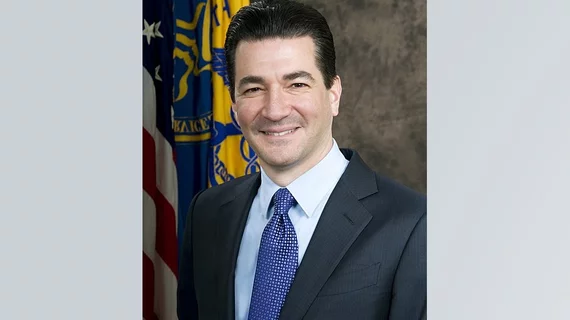FDA shares final guidance detailing new regulatory pathway for medical devices
The FDA has published the final guidance for its new regulatory pathway aimed at helping medical device manufacturers gain 510(k) approval by meeting certain safety and performance criteria.
This alternate method for gaining approval, officially called the Safety and Performance Based Pathway, was designed to ensure the FDA’s policies could keep up with key innovations being seen all over the world in medical device manufacturing.
“The new name for this guidance reflects our focus on advancing new products with improved safety and performance,” Scott Gottlieb, MD, FDA commissioner, and Jeff Shuren, MD, director of the Center for Devices and Radiological Health, said in a prepared statement. “This option for 510(k) clearance will modernize our approach to moderate risk devices by allowing manufacturers to use objective performance criteria established or recognized by the FDA to facilitate demonstration of substantial equivalence of their new products to legally marketed devices.”
Under the traditional pathway, manufacturers had to typically compare their products against other devices already on the market. This could cause issues, however, when the devices being used for comparisons were out of date or lacking certain technology. Companies choosing this new pathway will have the performance of their solutions evaluated “against a set of objective, transparent and well-validated safety and performance metrics,” according to the FDA statement.
The full guidance is available as a PDF on the FDA’s website.

